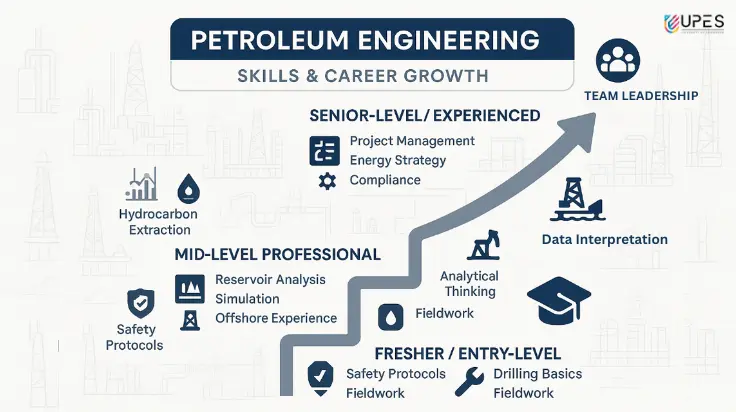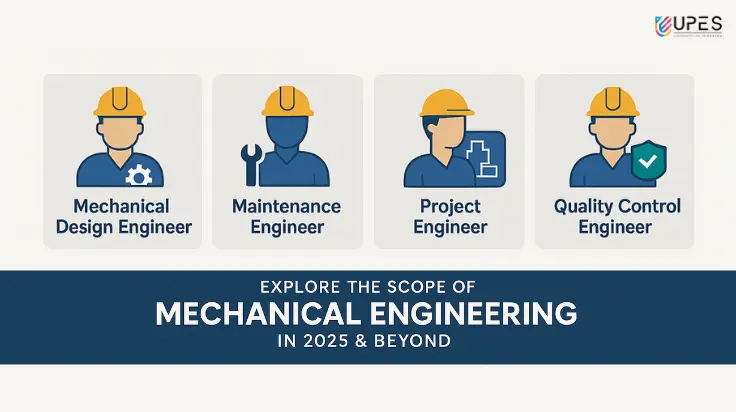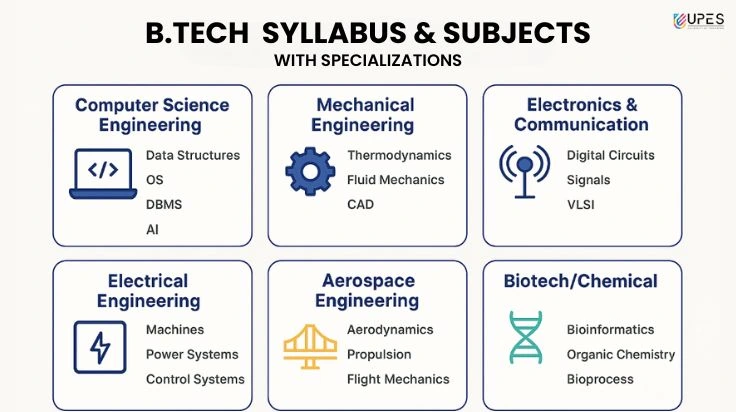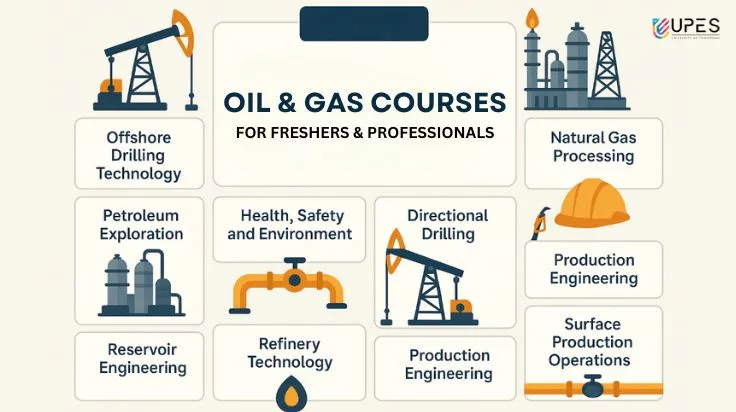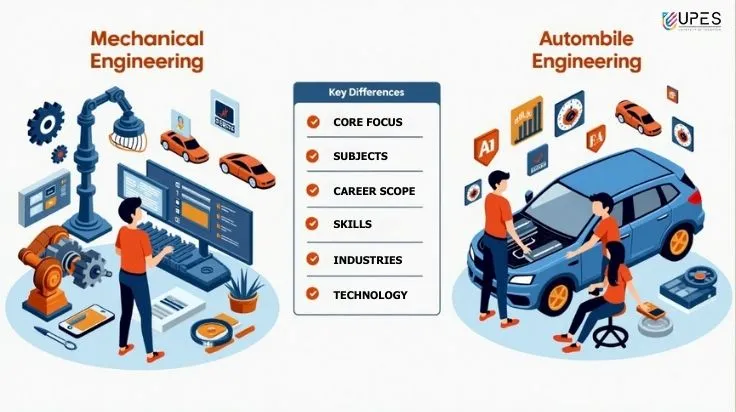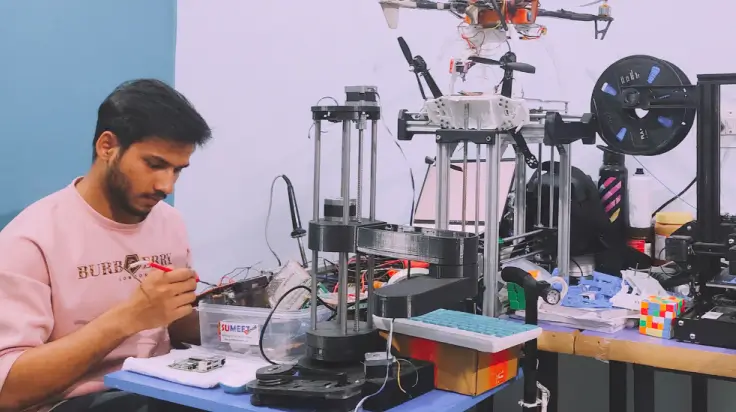Explaining the Gender Wage Gap in STEM
- UPES Editorial Team
- Published 12/08/2025
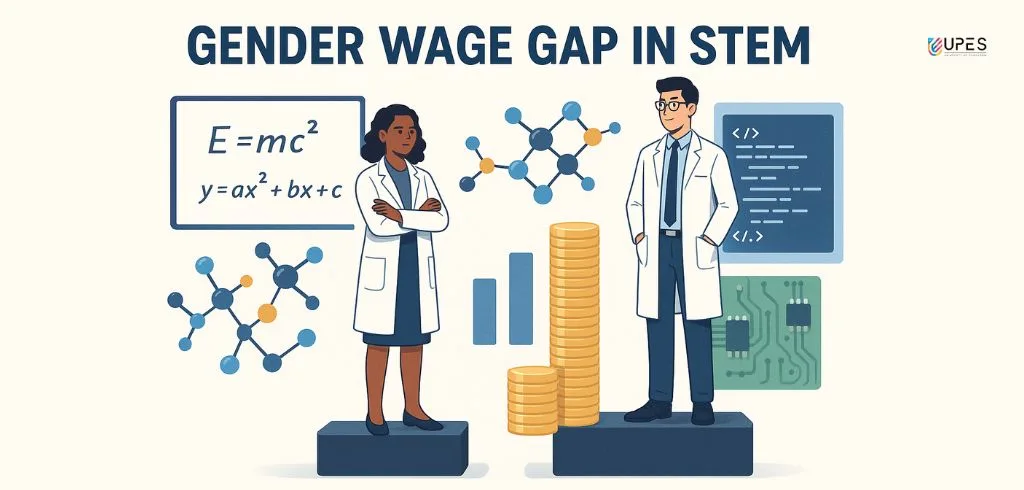
As per the UNESCO Institute for Statistics of July 2019, the global average percentage of female researchers was a staggering low at just 29.3%, with an unfortunate increasing gap with every level of seniority. In STEM-related fields, this gap is evident even in tertiary education. Only 35% of total scholars enrolled in STEM are women!
While it’s true many significant changes and growth of opportunities have enabled the women to enter and contribute to the field of STEM, the wage disparities between men and women remain persistent. What’s more alarming is the fact that even when women candidates come with same level of education, job titles, and qualifications as their male counterparts, they still are offered lower range of salaries. As disheartening it sounds, it also acts as a discouraging factor causing women who major in STEM fields to less likely enter STEM occupations or remain in them (Glass et al. 2013; Ma and Savas 2014; Mann and DiPrete 2013; Sassler et al. 2011). Numerous studies have laid bare these structural and gendered systemic roots of this inequity, ranging from hiring practices to cultural expectations within academia and industry.
Become future-ready with our Advanced Engineering programs
Know MoreUnequal Pay for Equal Qualification
The difference in the wage of men and women in STEM is as huge as $15,000 every year ($85,000 for males versus just $60,828 for females). This difference and disparity are further complicated with race, ethnicity, and other societal factors. In their analysis of gender wage differentials, Zając, Tomasz, et al. (2024) found that women with STEM degrees equivalent to their male counterparts still earned less, pointing to structural discrimination rather than skill differentials. This highlights the fact that mere performance metrics alone doesn’t act as reason for gender pay gap, and the issue of discrimination is much more deep-rooted.
Occupational Segregation and Underrepresentation
Another factor contributing to the wage gap is the higher concentration of men in high-paying STEM subfields and their overrepresentation in high-paying technical or executive roles, which gatekeeps women from stepping up to elite positions of intellect and power. According to Jiang (2021), women are more likely to be employed in biology or environmental sciences—fields that typically offer lower salaries—than in computer science or engineering, where pay is often higher. This occupational clustering has widened the salary gap.
Starting Salaries and Negotiation Bias
The gender wage gap often begins at the very first job offers. Often due to lack of confidence, fear of rejection, or coming off too strong, women accept initial offers without negotiation. This behaviour projected by women is often rooted in socialized gender norms and fear of negative perceptions. Employers, consciously or unconsciously, may play on this internalised fear and gender inferiority and offer lower starting salaries to women, setting a trajectory of earnings inequality that compounds over time.
Promotion Bias and the Glass Ceiling
As women progress in their careers, they encounter promotion bias and the proverbial “glass ceiling” (Michelmore Sassler 196). While shining light of some gender balance can be witnessed at entry-levels, at positions of seniority upheld disproportionately by men, women often face rejection, crisis of faith, lack of support in undertaking leadership roles due to preconceived notions of them being emotional being incapable of making sound, tactful decisions. This hinders women’s career advancement, even in institutions that proud themselves of having formal equality policies.
The Mentorship Gap
Women’s visibility and career guidance in STEM is also limited by lack of female mentors and role models in leadership positions. Not only does this cause a feedback loop, but also negatively impacts networking, sponsorship, and the informal support systems. For grant success, publication rates, and tenure outcomes, mentorship plays a significant role, and lack of female mentors disadvantage the whole women community at STEM (McDonald 299– 313).
Funding Disparities and Career Interruptions
Funding is another area of concern. World Economic Forum noted that the capacity of women in STEM to build research teams or secure promotions is negatively hampered due to their failure to secure larger grants owing to gender discrimination.
Additionally, career interruptions due to motherhood and other care-giving activities carry long-term career setbacks (Bertrand, Goldin, and Katz 2009; Budig and England 2001; Byker, this issue; Goldin 2014). These interruptions are rarely accounted for in tenure clocks, grant evaluations, or performance reviews, disproportionately affecting women.
The Benefits of Gender Equity in STEM
Closing the gender wage gap in STEM is not merely a matter of justice; it is a strategic imperative. Be it bringing myriads of scientific inquiries, leading to more innovative solutions and inclusive technologies, a more gender-balanced STEM workforce ensures the best. Higher-quality science and more frequently cited publications are the by-products of a gender-diverse team. An equitable participation of both men and women in STEM would further diversify the talent acquisition, enhance work quality, and work wonders for the institution’s credibility (Michelmore Sassler 209).
By ensuring women in STEM are paid the same wages as their male counterparts on similar levels of education, job title, and qualifications, as well as making top positions open and easily accessible to women, paralleling making sure they do not fall prey to structural gender disparity and discrimination, will go a long way in achieving globally relevant outcomes and a better world.

Our counsellors are just a click away.
Final Thoughts
As argued above that the gender wage gap in STEM is deeply rooted in systematic discrimination and oppression, removal of it demands systemic reform across institutions, industries, and policies. From making sure that transparent pay scales are delivered, more women are hired at all levels, inclusive mentoring and grants are given, ethical practises need to be followed with an intention of reform. If STEM is to be truly meritocratic, it must first acknowledge and dismantle the invisible barriers that hinder women in this field. It’s time the glass ceiling is shattered!
References
- Bertrand, Marianne, Claudia Goldin, and Lawrence F. Katz. 2009. “Dynamics of the Gender Gap for Young Professionals in the Corporate and Financial Sectors.” NBER working paper no. 14681. Cambridge, Mass.: National Bureau of Economic Research.
- Glass, Jennifer L., Sharon Sassler, Yael Levitte, and Katherine M. Michelmore. 2013. “What’s So Special About STEM? A Comparison of Women’s Retention in STEM and Professional Occupations.” Social Forces 92(2): 723–56.
- Jiang, Xuan. “Women in STEM: Ability, preference, and value.” Labour Economics, vol. 70, June 2021, p. 101991, https://doi.org/10.1016/j.labeco.2021.101991.
- Katherine Michelmore, and Sharon Sassler. “Explaining the Gender Wage Gap in STEM: Does Field Sex Composition Matter?” RSF: The Russell Sage Foundation Journal of the Social Sciences, vol. 2, no. 4, 2016, pp. 194–215. JSTOR, https://doi.org/10.7758/rsf.2016.2.4.07. Accessed 4 Aug. 2025.
- McDonald, Steve. “Network effects across the earnings distribution: Payoffs to visible and invisible job finding assistance.” Social Science Research, vol. 49, Jan. 2015, pp. 299–313, https://doi.org/10.1016/j.ssresearch.2014.08.016.
- UN Women and UNESCO. Women in Science, Technology, Engineering and Mathematics (STEM) in Latin America and the Caribbean. UN Women Americas and the Caribbean & UNESCO, Sept. 2020. lac.unwomen.org/sites/default/files/Field Office Americas/Documentos/Publicaciones/2020/09/Women in STEM UN Women UNESCO EN32921.pdf Accessed 4 Aug. 2025.
- WomenTech Network. “Women in Tech Stats.” WomenTech Network, 2025, www.womentech.net/women-in-tech-stats. Accessed 4 Aug. 2025.
- Xie, Yu, and Kimberlee A. Shauman. 2003. Women in Science: Career Processes and Outcomes. Cambridge, Mass.: Harvard University Press.
- Zając, Tomasz, et al. “Gender pay gaps across STEM fields of study.” Studies in Higher Education, vol. 50, no. 1, 22 Mar. 2024, pp. 126–139, https://doi.org/10.1080/03075079.2024.2330667.
UPES Editorial Team
Written by the UPES Editorial Team
UPES Admission Enquiry
Subscribe to UPES Blogs
Join our community for exclusive stories, insights, and updates
By clicking the "Subscribe" button, I agree and accept the privacy policy of UPES.















